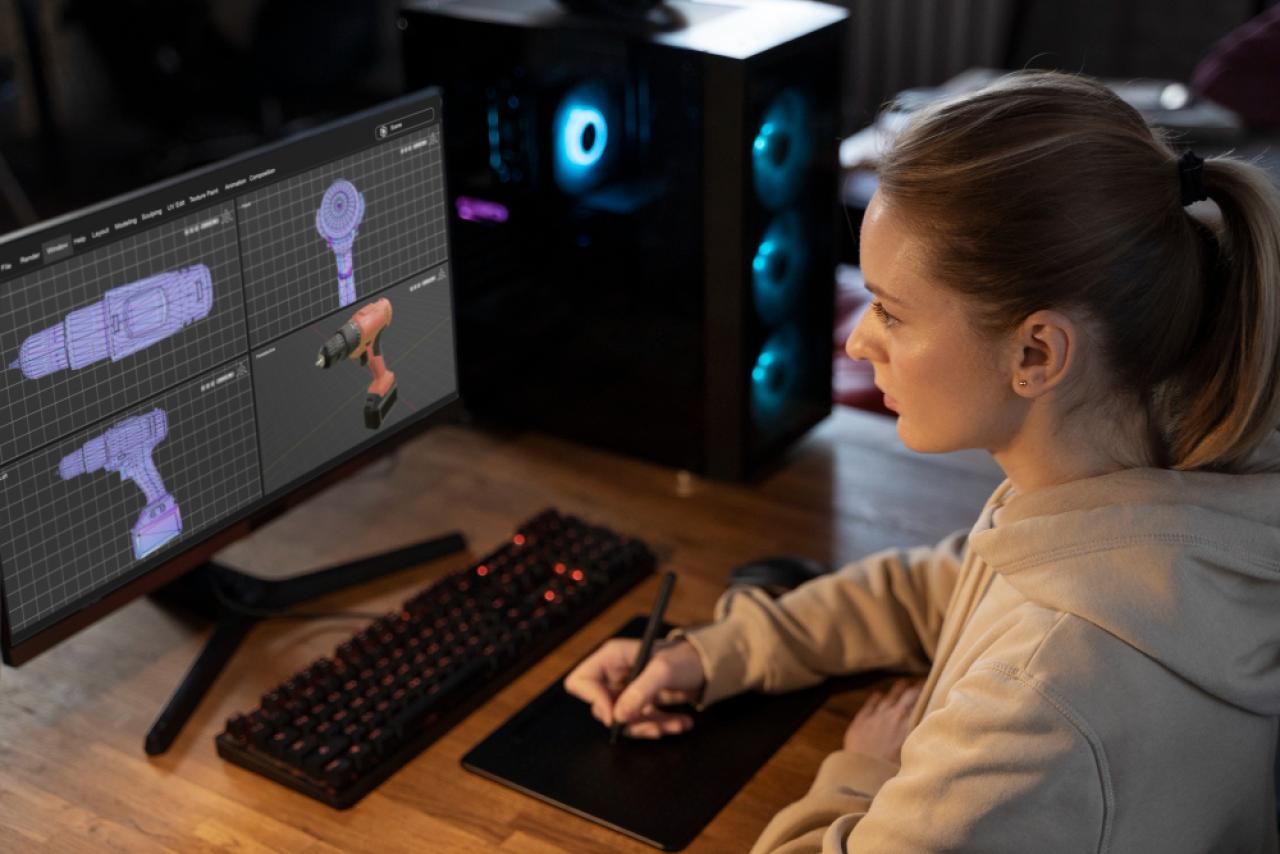The game development industry is an exciting and dynamic field that offers immense potential for aspiring developers. From creating immersive game worlds to designing captivating characters, game development allows individuals to transform their unique ideas into fantastic realities. In this article, we will explore the step-by-step process of game development, covering everything from planning and conceptualization to monetization and marketing.
Understanding the Game Development Process
The Importance of Planning and Conceptualization
1. Brainstorming: Identifying your game idea
+ Embrace the power of imagination and let your creativity soar.
+ Explore different themes, genres, and gameplay mechanics to find your unique vision.
+ Consider what makes your idea stand out from the existing competition.
2. Market research: Analyzing target audience and competition
+ Identify your target audience and understand their preferences and expectations.
+ Conduct thorough market research to gain insights into successful game mechanics and trends.
+ Analyze existing competition to identify gaps and opportunities within the market.
3. Creating a game design document: Outlining game mechanics, storyline, and characters
+ Develop a comprehensive game design document that serves as a blueprint for your project.
+ Clearly outline the core mechanics, gameplay loop, and progression system.
+ Define compelling characters, engaging storyline, and captivating visuals that align with your game's theme.
Tools of the Trade: Software and Hardware for Game Development
1. Game engines: Choosing the right platform
+ Explore popular game engines like Unity, Unreal Engine, and Godot.
+ Consider the specific requirements of your game and select an engine that aligns with your project's needs.
+ Research the available features, community support, and learning resources for each engine.
2. Design software: Creating stunning graphics and animations
+ Utilize graphic design software such as Adobe Photoshop and Illustrator to create visually striking assets.
+ Leverage animation software like Spine or DragonBones for fluid character animations.
+ Experiment with 3D modeling software like Blender or Maya to bring your game world to life.
3. Development hardware: Computers, consoles, and mobile devices
+ Ensure your development setup meets the system requirements of your chosen game engine.
+ Test and optimize your game for various platforms, including PC, consoles, and mobile devices.
+ Consider investing in dedicated hardware for performance testing and debugging.
Artistic Elements in Game Development
1. Environment design: Building captivating landscapes and settings
+ Create rich and immersive environments by combining textures, lighting, and level design.
+ Research and implement techniques like parallax scrolling and dynamic weather systems to enhance visual depth.
+ Pay attention to small details and environmental storytelling to create a truly engaging world.
2. Character design: Creating unique and relatable game personas
+ Develop visually appealing and memorable characters that align with your game's theme.
+ Consider their personalities, motivations, and visual distinctiveness to make them relatable to players.
+ Experiment with different art styles and character customization options to offer a personalized experience.
3. Animation: Breathing life into characters and objects
+ Use animation to give characters and objects a sense of realism and fluidity.
+ Master animation principles such as squash and stretch, anticipation, and follow-through.
+ Pay attention to details like facial expressions, body language, and physics-based interactions.
Audio Design: The Power of Sound in Games
1. Sound effects: Enhancing gameplay experiences
+ Use sound effects to provide feedback, create atmosphere, and enhance immersion.
+ Experiment with Foley techniques and audio synthesis to craft unique and realistic sounds.
+ Ensure sound effects are strategically placed to reflect actions and events within the game.
2. Music composition: Creating memorable soundtracks
+ Compose original music or collaborate with talented musicians to create a captivating soundtrack.
+ Tailor the music to match the game's mood, setting, and gameplay moments.
+ Implement dynamic music systems that respond to the player's actions and enhance the overall experience.
3. Voice acting: Adding depth to character dialogues
+ Hire professional voice actors to bring your characters to life through compelling performances.
+ Ensure voice acting aligns with the personality and emotions of the characters.
+ Invest in quality recording equipment and soundproofing to capture clear and immersive voice recordings.
Technical Aspects of Game Development
Programming Fundamentals for Game Developers
1. Introduction to programming languages commonly used in game development
+ Become proficient in programming languages such as C++, C#, or Java, depending on your chosen game engine.
+ Familiarize yourself with scripting languages like Lua or Python for quick prototyping and game logic.
2. Basic coding principles: Variables, functions, and logic
+ Understand fundamental programming concepts like variables, loops, conditionals, and functions.
+ Master object-oriented programming principles to create modular and maintainable code.
+ Practice efficient memory management and optimization techniques to ensure optimal game performance.
3. Game-specific programming techniques: Collision detection, AI, and physics simulations
+ Implement collision detection algorithms to handle interactions between game objects.
+ Develop artificial intelligence systems to provide challenging opponents or non-player characters.
+ Utilize physics engines to create realistic simulations for object interactions and movement.
Game Testing and Debugging
1. Importance of quality assurance in game development
+ Conduct thorough testing to identify and address bugs, glitches, and gameplay issues.
+ Implement quality assurance processes throughout the development cycle.
+ Involve external playtesters to gain valuable feedback and insights.
2. Testing methodologies: Manual vs. automated testing
+ Perform manual testing to identify gameplay issues, visual glitches, and UI/UX concerns.
+ Explore automated testing tools to streamline the testing process and increase efficiency.
+ Develop test cases and implement regression testing to ensure stability and compatibility.
3. Error tracking and debugging strategies
+ Utilize debugging tools and techniques provided by your chosen game engine.
+ Implement robust error tracking systems to identify and resolve issues efficiently.
+ Encourage collaboration among team members to troubleshoot and fix bugs effectively.
Key Stages of Game Development
1. Concept refinement: Refining ideas and design documents
+ Iteratively refine your initial game concept based on feedback and market research.
+ Enhance the game design document with detailed mechanics, artwork references, and audio requirements.
+ Validate your ideas through prototyping and user testing to ensure feasibility and engagement.
2. Creating prototypes: Testing core mechanics and gameplay
+ Develop a minimum viable product (MVP) to test and validate the core gameplay mechanics.
+ Gather feedback from playtesters to refine and iterate on the prototype.
+ Use the prototype as a proof of concept to attract potential investors or team members.
Production: Bringing Ideas to Life
1. Asset creation: Developing graphics, animations, and audio
+ Collaborate with artists and sound designers to create high-quality assets that align with your vision.
+ Balance aesthetic quality with performance optimization to ensure smooth gameplay.
+ Maintain a consistent art style throughout the game.
2. Implementing mechanics: Translating design elements into code
+ Translate the game design document into functional code using your chosen game engine.
+ Implement UI/UX systems, controls, and gameplay mechanics according to the design specifications.
+ Continuously test and iterate on the mechanics to optimize player engagement.




